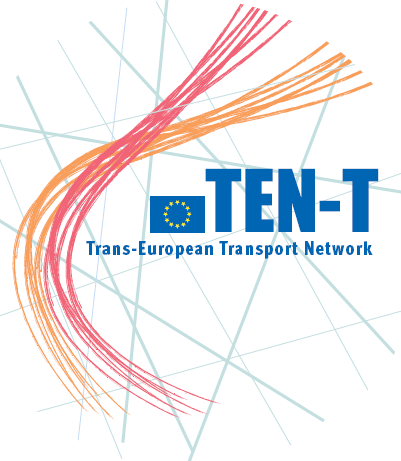|
|
|
||||||||||||||||||||
|
|
TEN-T & external dimension|Guidelines for transport in Europe and neighbouring regions |High level group II Loyola de Palacio report
South Eastern Europe
The Commission services have prepared a paper for transport and energy infrastructure in South East Europe. The paper has been discussed with international financial institutions, Member States and countries of the region and has been presented to the Stability Pact meeting in Tirana (23 May 2001) and in Bucharest (26 October 2001). The paper is developing strategies for transport and energy infrastructure aiming at:
Some general principles applicable for both sectors are :
a) The objective of the transport infrastructure strategy is to create a multimodal transport network for the region covering all modes of transport and adjusted to the present and future passenger and goods traffic in the area. The strategy indicates also the urgent need for reforms in the transport sector. The creation of the network is based on the Corridors decided in the Pan-European Transport Conference at Helsinki and the main roads and railroads defined the United Nations : "Economic Commission for Europe ". The methodology used is the one of the TINA exercise carried out for the accession countries. Maps 2 and 4 of the paper show the proposed strategic road and strategic railway network as well as the main airports, ports and maritime ports that are considered. The ongoing Transport Infrastructure Regional Study (TIRS) will establish project priorities in the context of this strategy. b) the objectives of the energy infrastructure strategy are the following
The priorities for electricity infrastructure are the interconnections of the networks among themselves and with the UCTE system, interconnections promoting exchanges and the regional electricity market, rehabilitation of lignite mines and of electricity production, continuation of the process leading to a regional electricity market. The priorities for oil and gas infrastructure are to strengthen and complete the region’s oil network to ensure supply to the region and transit to neighbouring regions and to continue the study of new supply routes and pipelines contributing to the security of oil supplies. For gas possibilities should be considered to bring gas to new zones Map 5 shows the main electricity transmission network Map 6 shows the main oil and gas transmission networks
|


